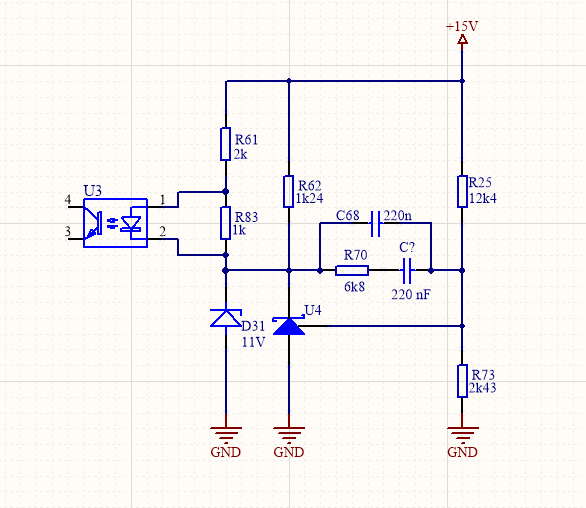Other Parts Discussed in Thread: TLV431, TL431
So far, I found some mistakes in the application note:
- eq (35) R=(Vsn-Vtvs)/I=(450-330)/6.2=22R but Vsn is not 450V it is 360V
- eq (37) resalt is 103mA but it should be 103ms
- eq (38) resalt is not 314R but 314k.
- eq (40) result is 0.55W but it should be 3182W.
- eq (52) Mideal=((1/(3.14+0.5))/(1-0.825)=4.64 is not correct, it is 1.57
- eq (57) Measurement unit of Se is V//ms and what is measurement unit of constant 1 in the Se-1 part of the equation 57? Why Rramp and Rcsf are selected as 9k1 and 2k, respectively, when ratio between those resistors is 33.13 (Rcsf=Rramp/33.13)?
Few more questions:
- What is the purpose of the zenner diode D31? The breakdown voltage of this zenner diode is 4V below U4.
- What is the purpose of the R74 and R75 and how to calculate them?
- What is the purpose of the R83?



